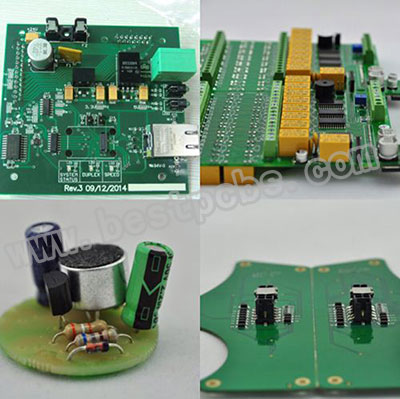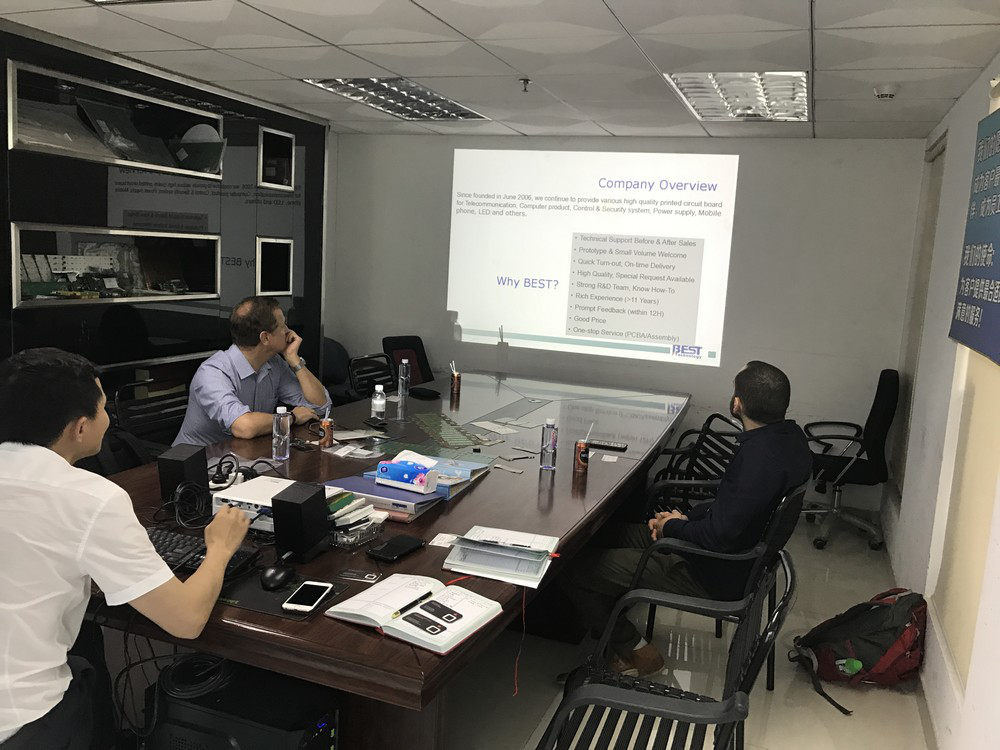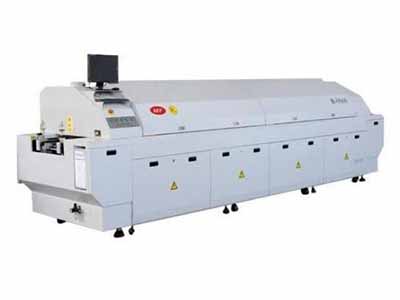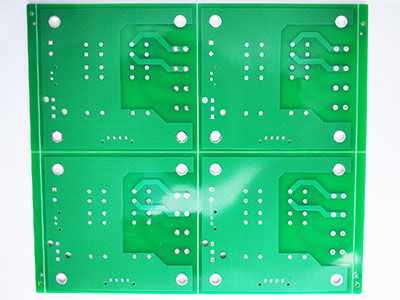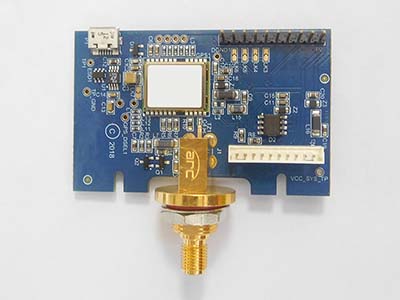When the bare Printed Circuit Board qty become volume fabrication, the PCB manufacture will not use the Probe flying tester to test the PCB circuit board. Best Tech will make new PCB test fixture to test the bare PCB, The electrical Test (E-test), which is the final electrical test to verify net continuity and the absence of shorts on the bare printed circuit boards (PCBs). In Best Tech PCB factory, we perform 100% electrical testing on all bare PCBs its facilities as per IPC-6012 class 2 standard. And from the following photo in computer, you can see it will show PASS for PCB.
in test
To test the PCB boards, we require the NETLIST file. Normally we create a reference netlist file from the customer’s original Gerber files during PCB fabrication.
We always prefer to receive the CAD file based on the netlist for comparison. Since a CAD based netlist is generated before PCB routing, it provides another layer of checking (against the Gerber files). This allows us to catch any PCB faults introducing in the event of an error in the Gerber files. For full turnkey PCB assembly (PCBA service) projects, this helps to ensure that the PCB boards are 100% correct before any components are populated.
tester 2
Here are Best Tech E-tester Capabilities
| Minimum Continuity Resistance | 0.1 Ohms |
| Maximum Test Voltage | 1000 Volts |
| Max Isolated Resistance | 25 M Ohm – 2 G Ohm |
| Electrical Test Pitch (Fixture) | 20mil(0.5mm) |
| Electrical Test Pitch (Flying Probe) | 4mil |
| Debug /check for missing pins: (Test fixture) | 10 minutes |
| Test time per board: | 40 seconds |
| Setup time: | 30 minutes |
All points are tested simultaneously. However, this process involves set-up to create the fixture itself and additional costs associated with the cost of materials.
The electrical test fixture has a limited shelf life and repeat using times. For every PCB it will need a fixture and its custom-made for a customer only. Many other factories only store 2 years shelf life for electrical test fixtures, but Best Tech will store at least 3 years for customer.
In order to ensure the quality of fixtures and spare enough space to store fixtures, Best Tech leaves one floor to keep the fixture. See attached fixture photo.
tester 1
During the 3 years’ time, customer no need to pay the fixture charge again if the update is no update. The flexible test fixture shelf-life policy, it will help customer save the cost.
At the end of the PCB production process, we use electrical test to check the interconnectivity of the PCB is correct against the original board data.
Best Tech did the E-Tester to test the PCB 100% before delivery to customer, this makes Best Tech get highly comments from our customer on the world with good printed circuit board quality and best service. See the customer highly comments of Best Tech.
customer highly comments on our service
You are warm welcomed to contact Best Tech to discuss about the Printed Circuit Board (PCB).

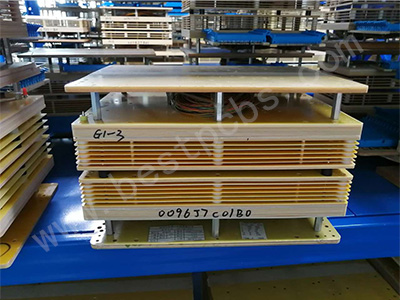
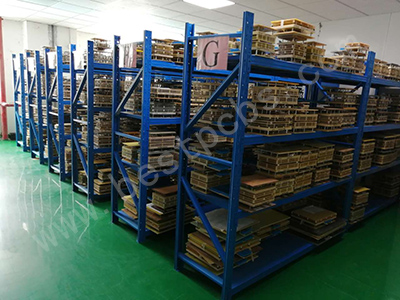



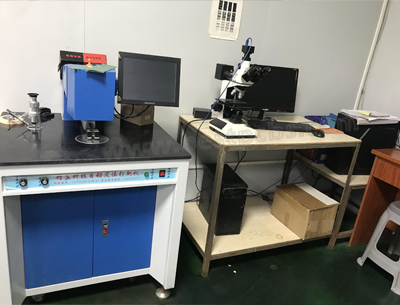
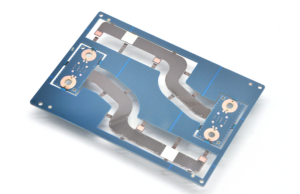
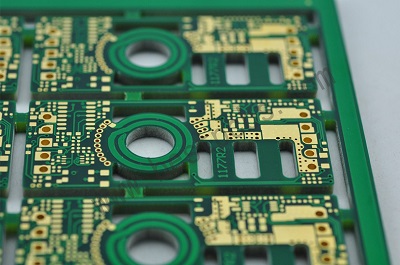


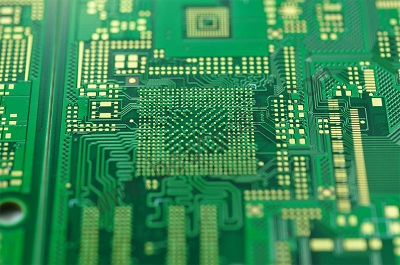
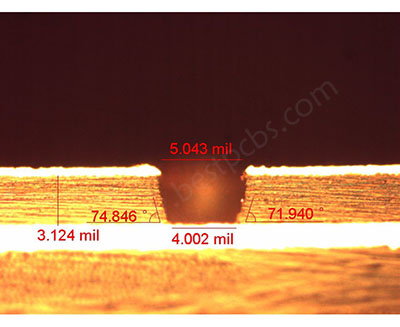
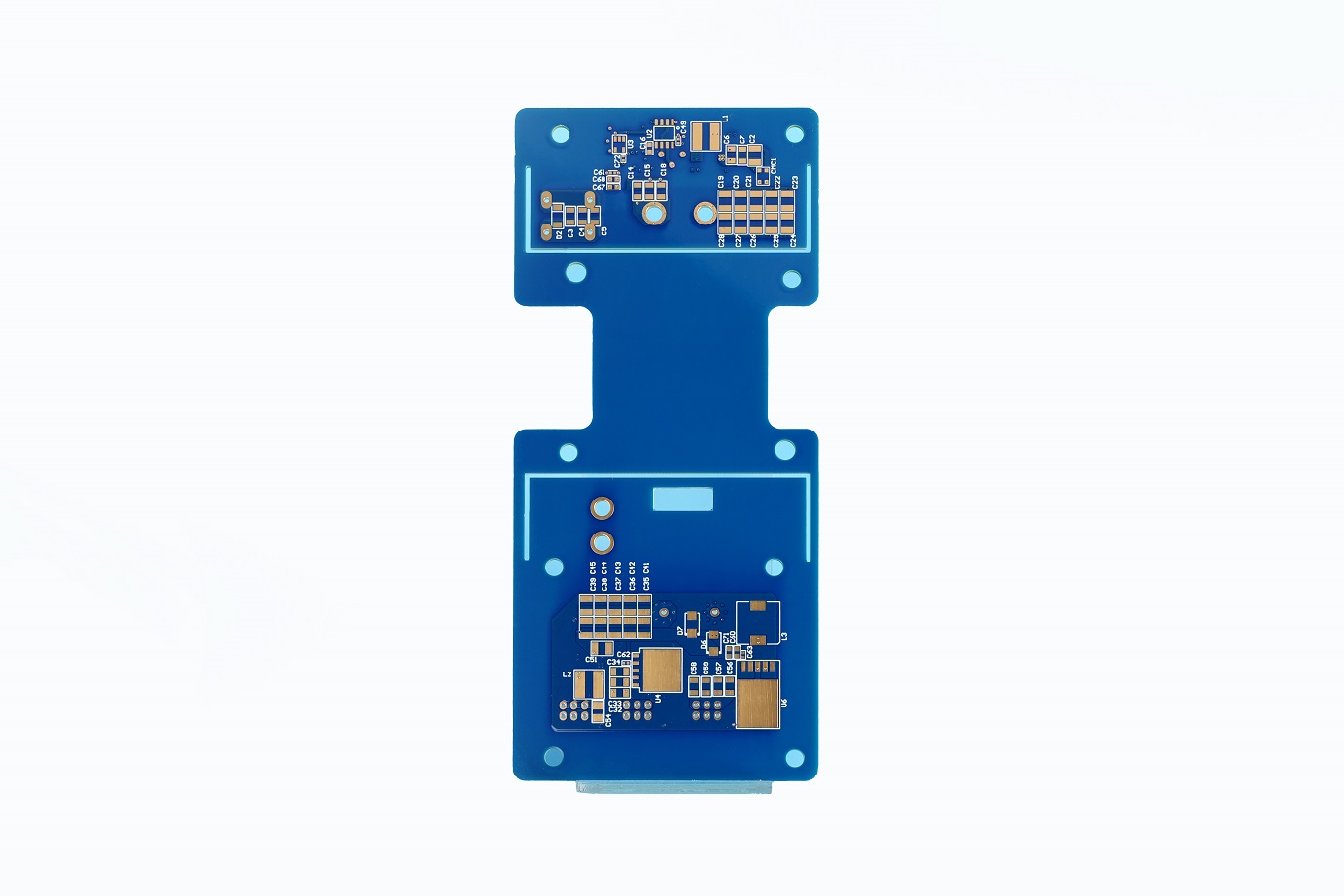
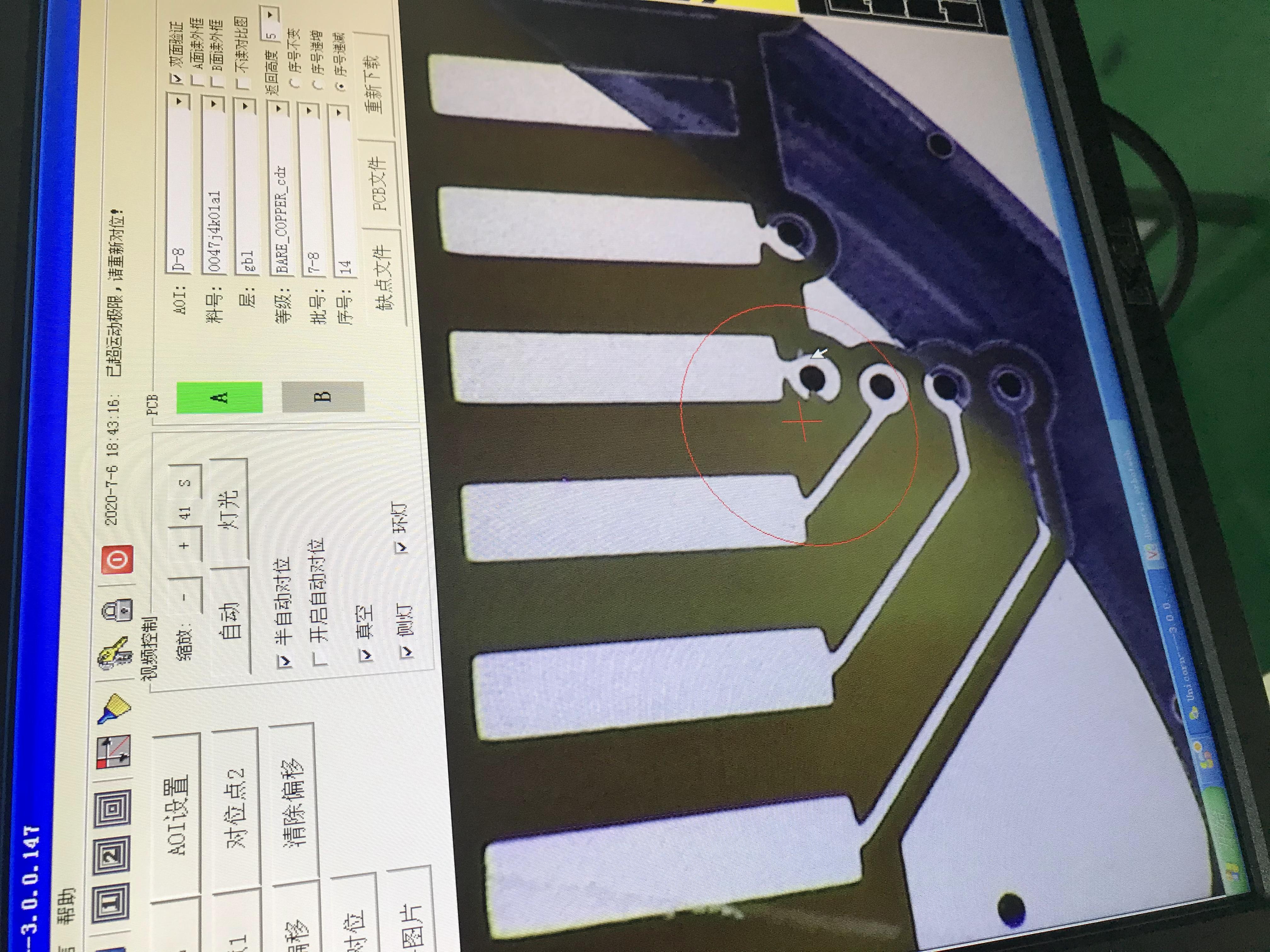
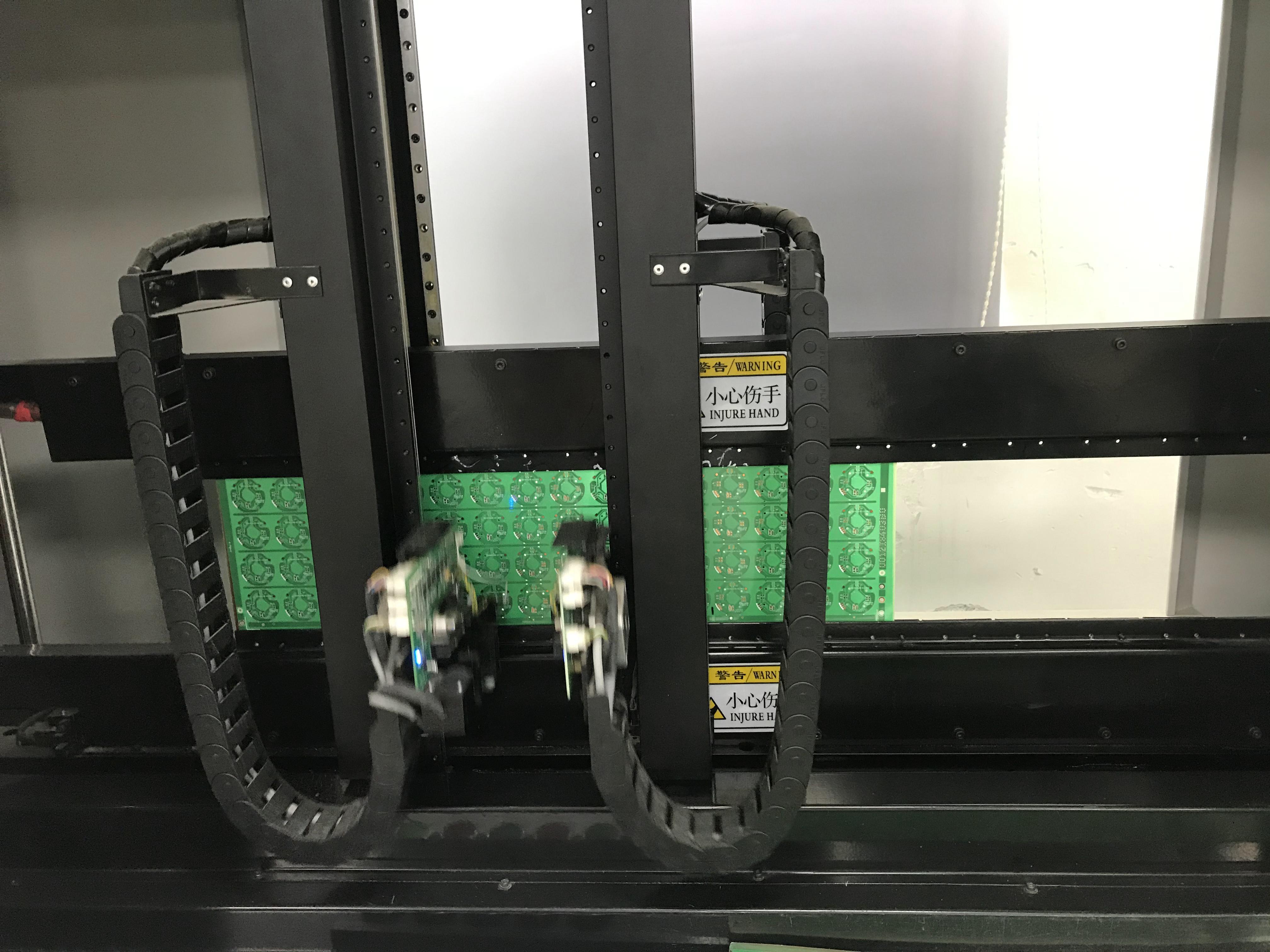
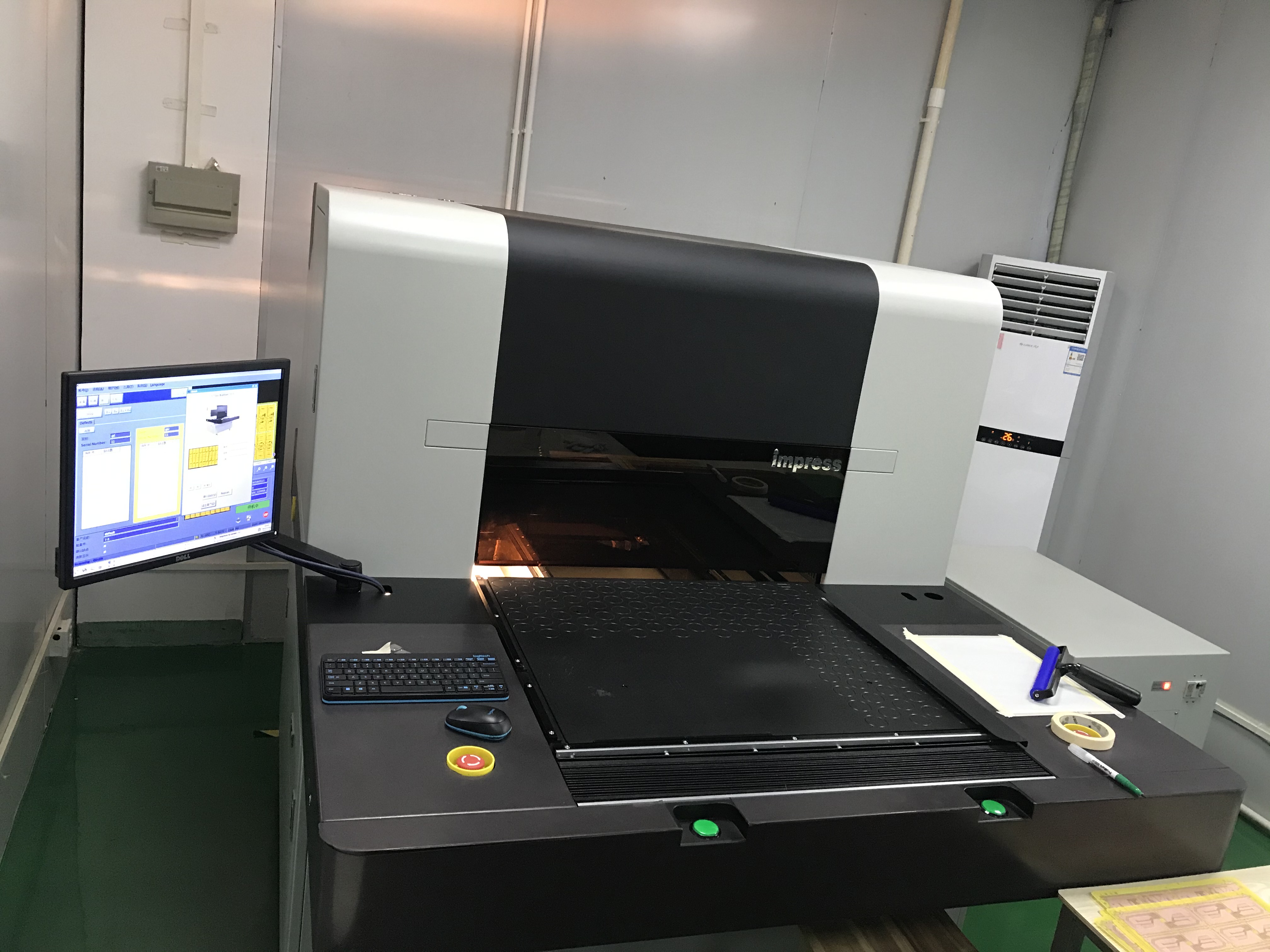
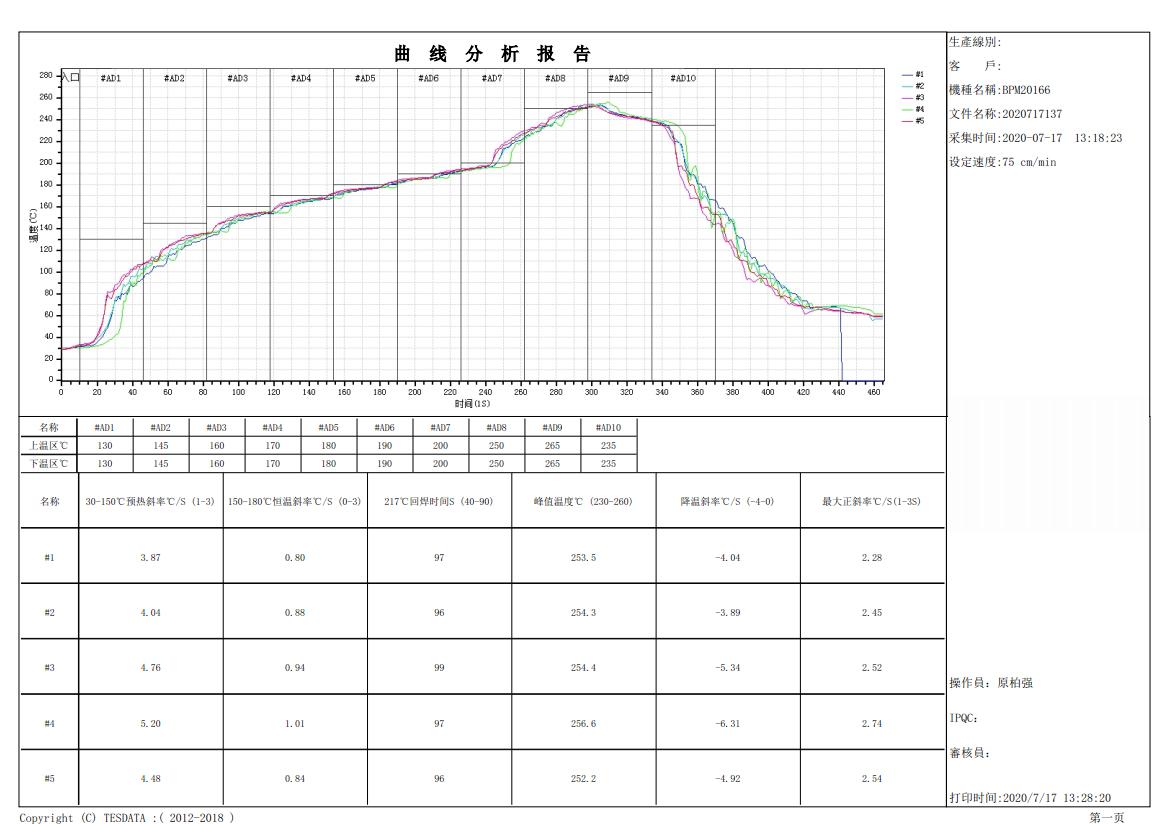
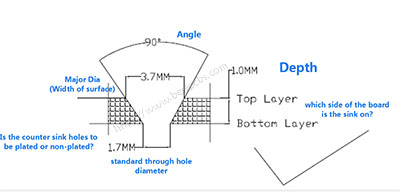
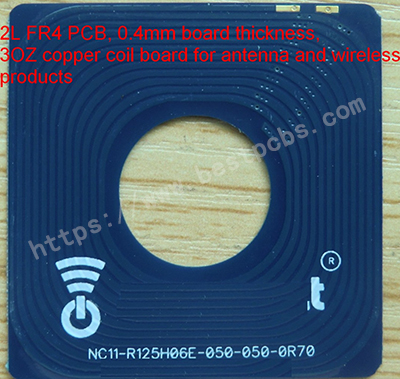
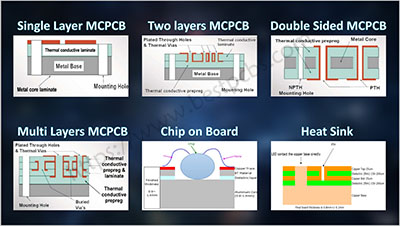
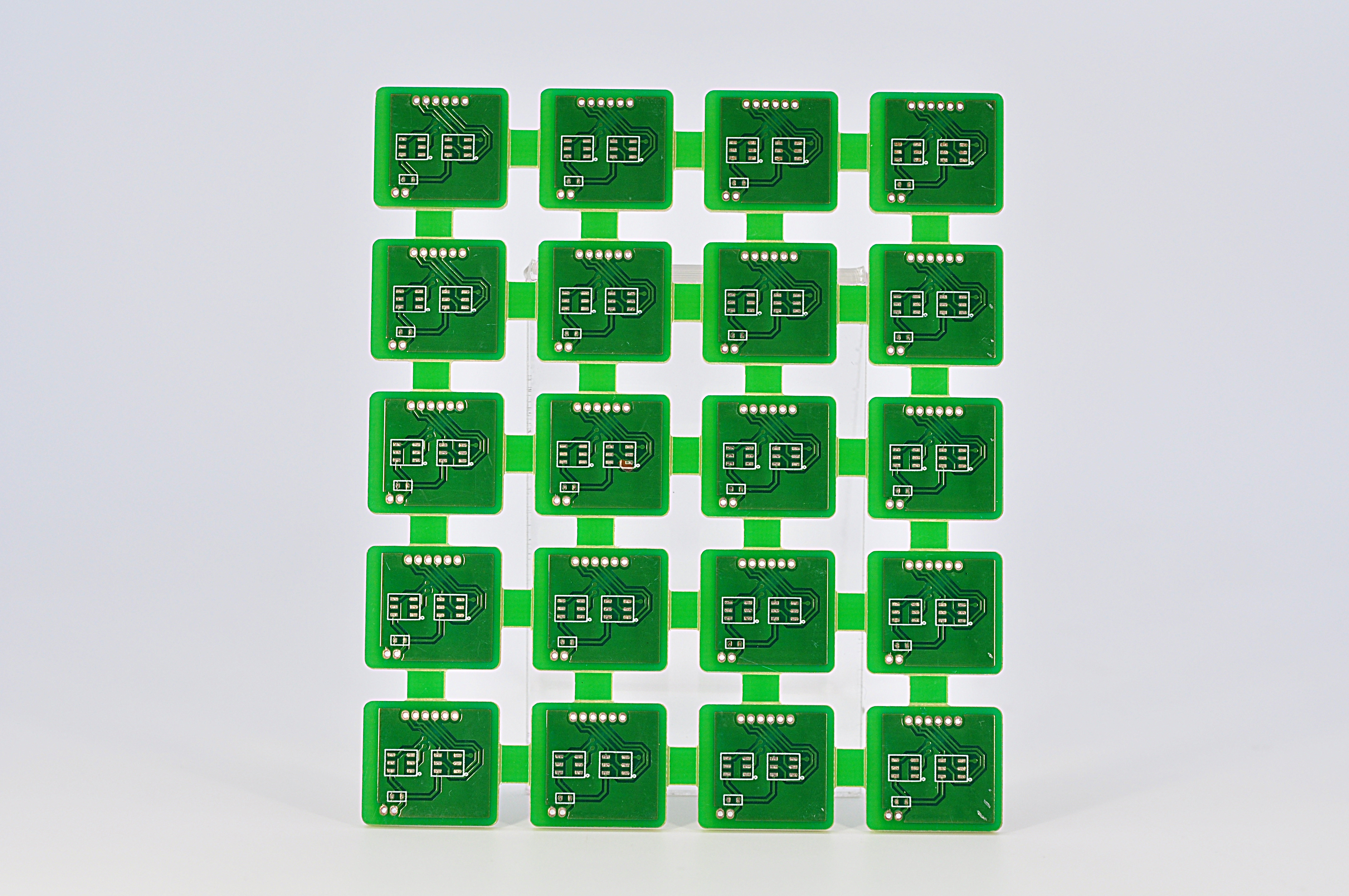

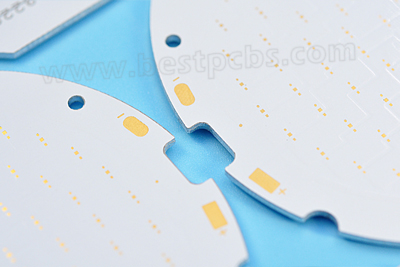
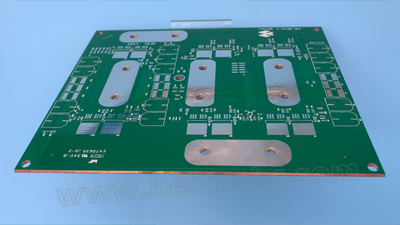
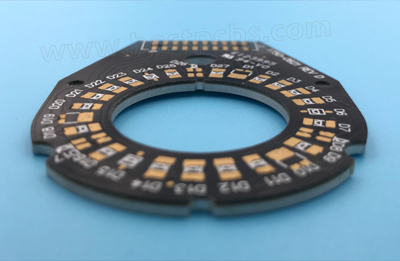
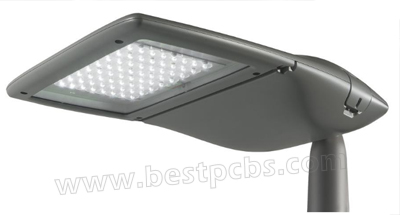
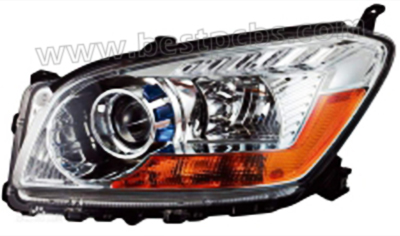

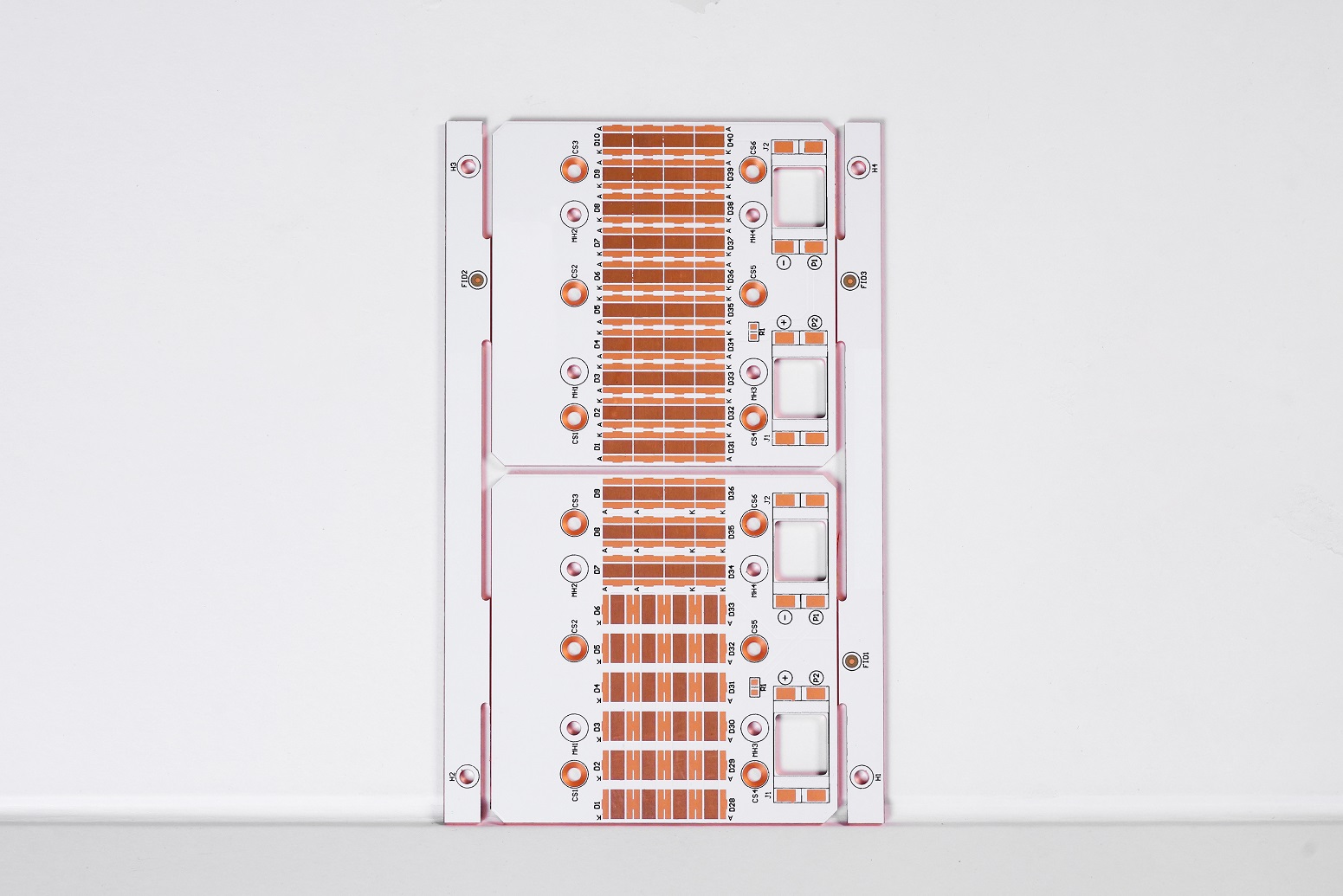


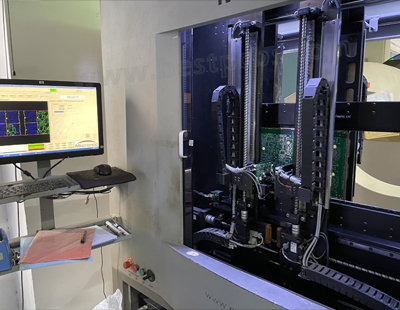

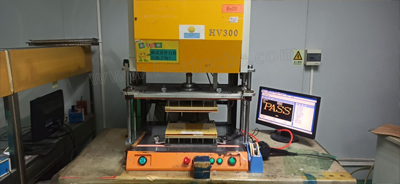
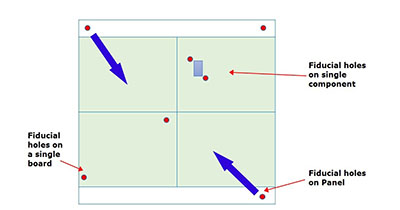
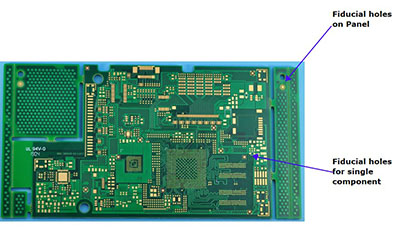
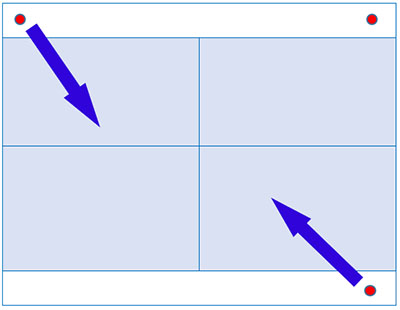
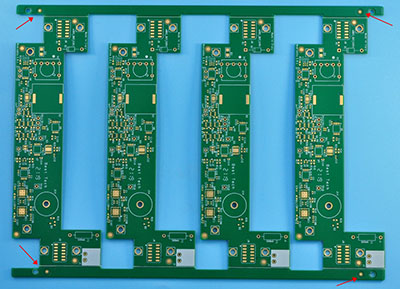
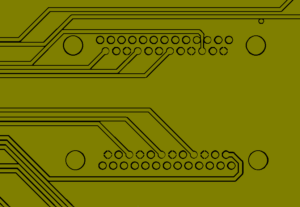
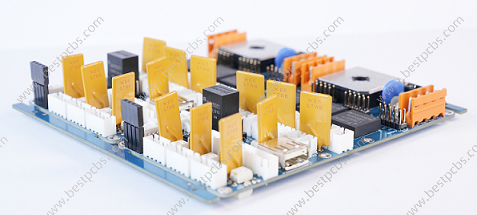
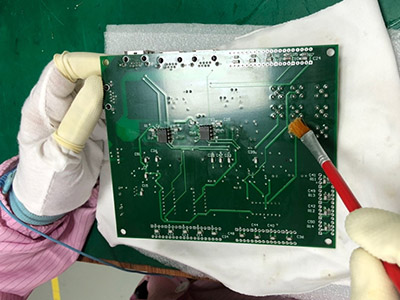
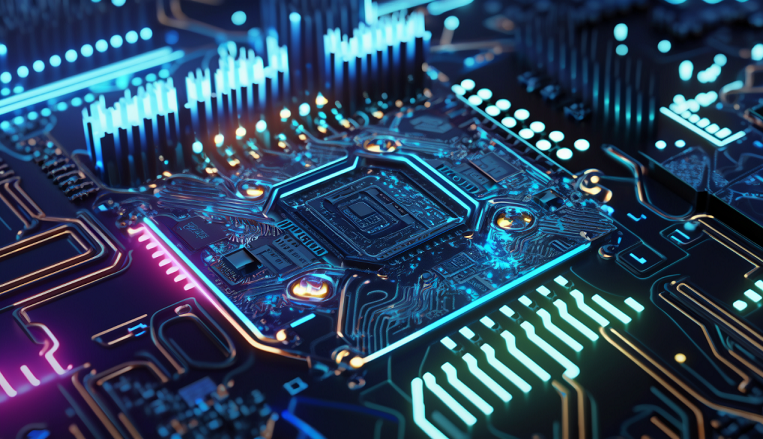
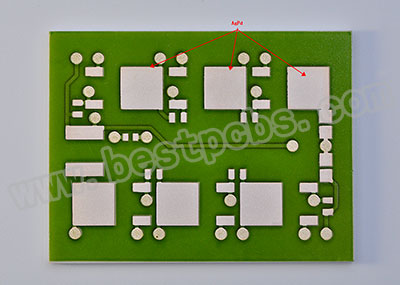
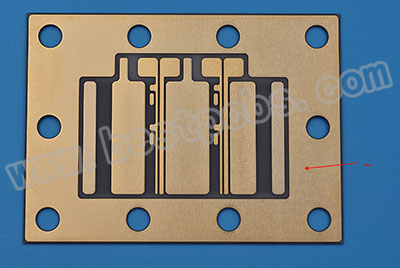
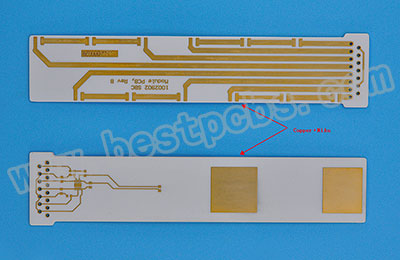
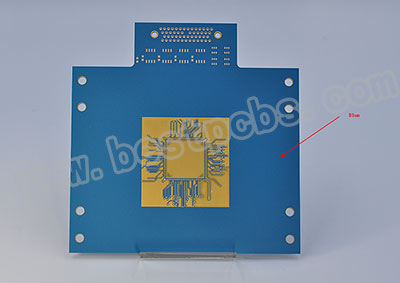
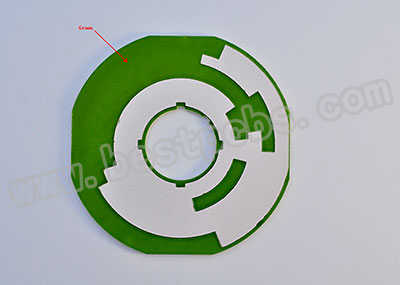

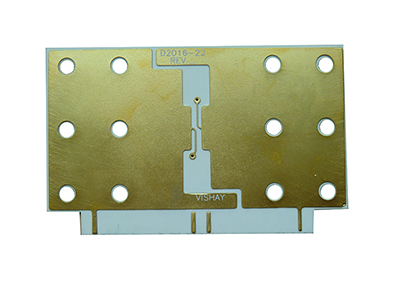



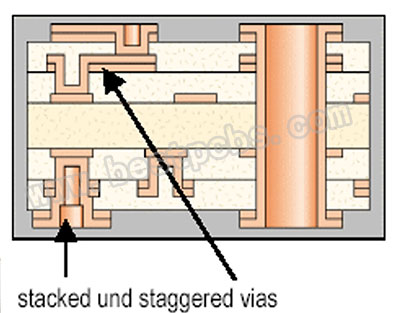

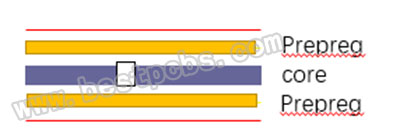
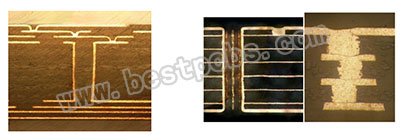
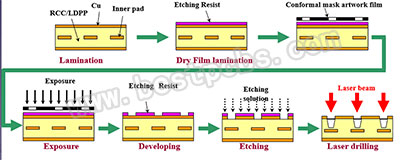
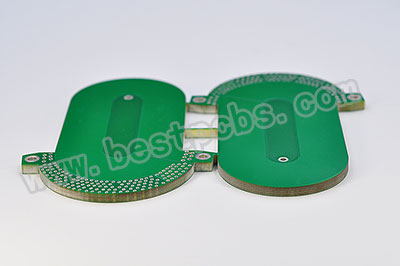
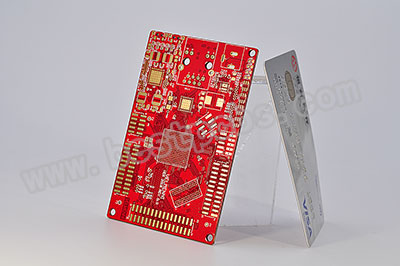
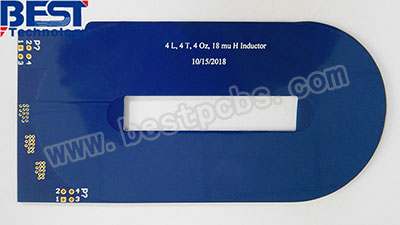
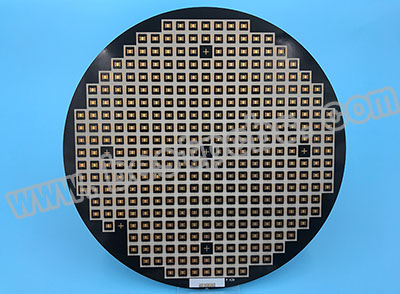
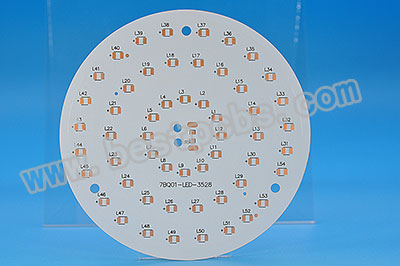
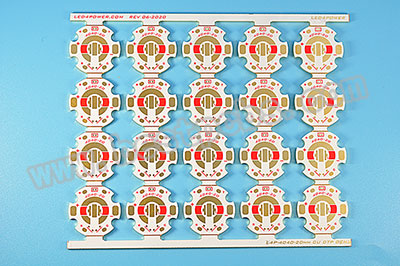

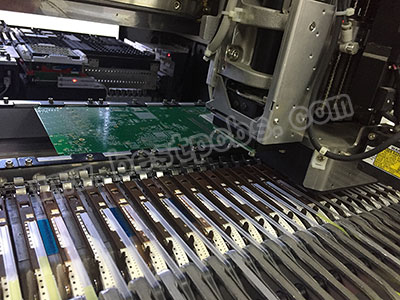
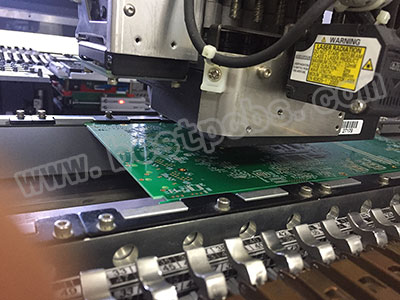
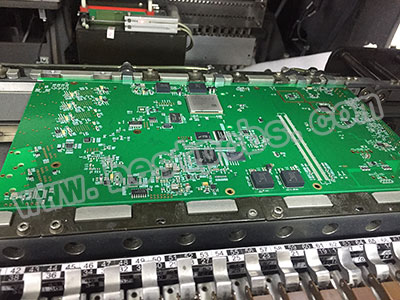
-s.jpg)
